If we truly understand and appreciate the architecture of our soft tissue, it is easy to see why the mobility applications of Core-Tex are superior to other interventions. In this clip from our mobility webinar, Core-Tex inventor and international educator, Anthony Carey shares some insight into how our tissues (muscle and connective) are arranged. He also shares some of the limitations of so many mobility techniques that only provide short term benefit or are incomplete when addressing the multidimensional characteristics of our tissues.
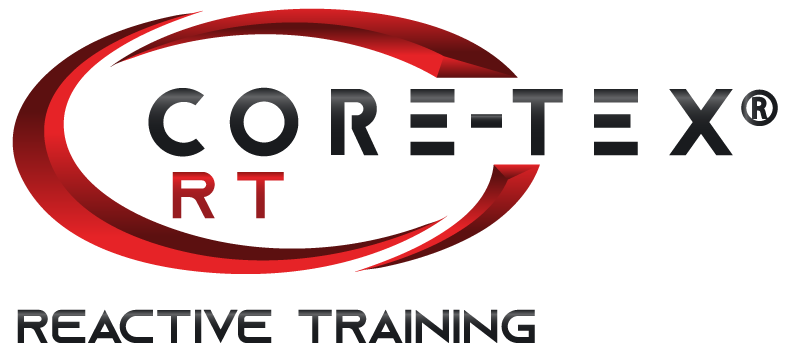
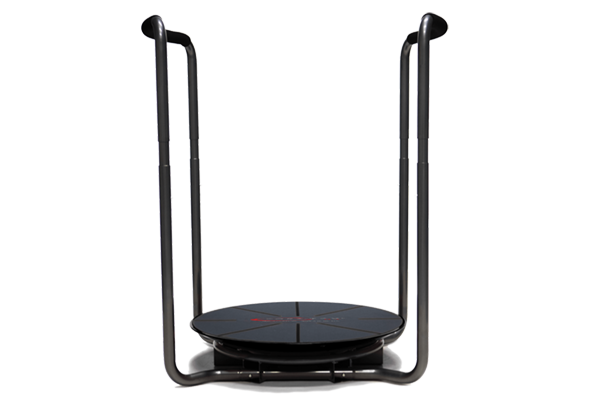
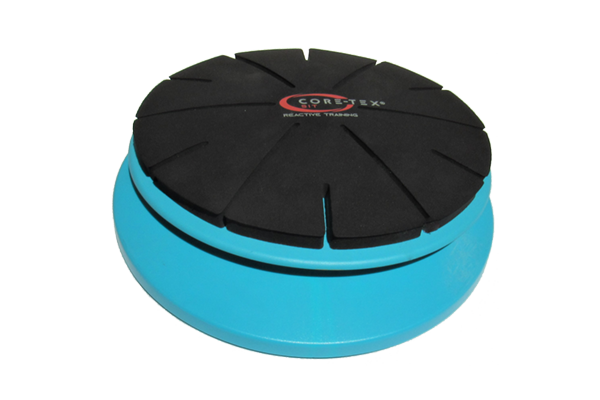
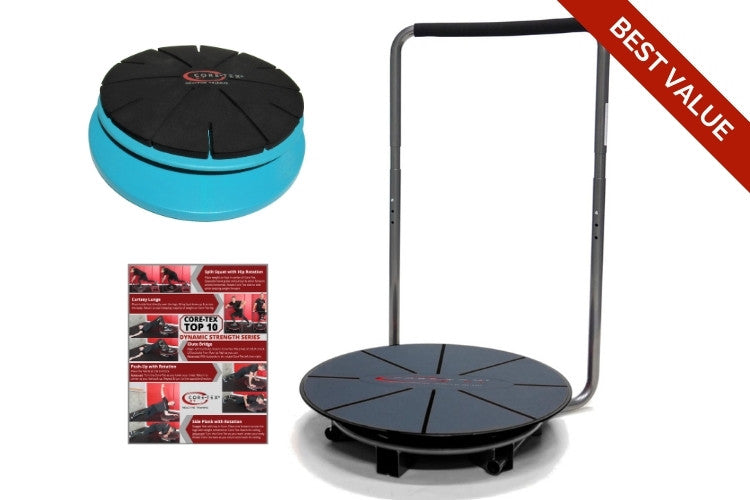

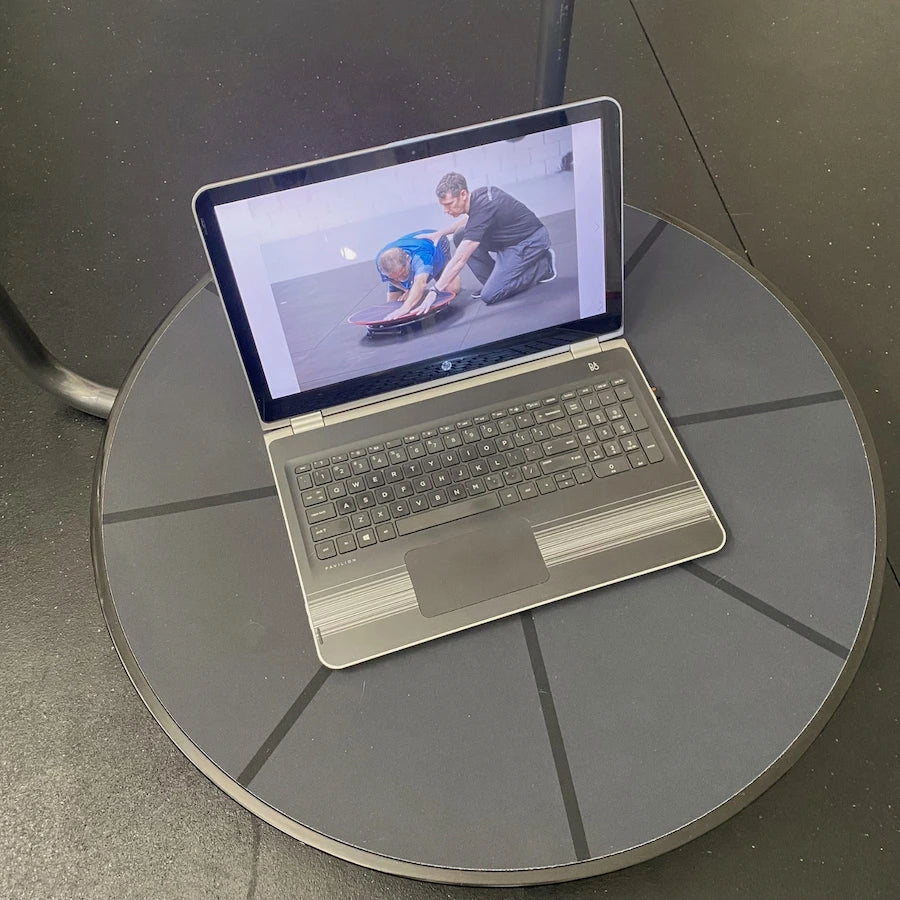
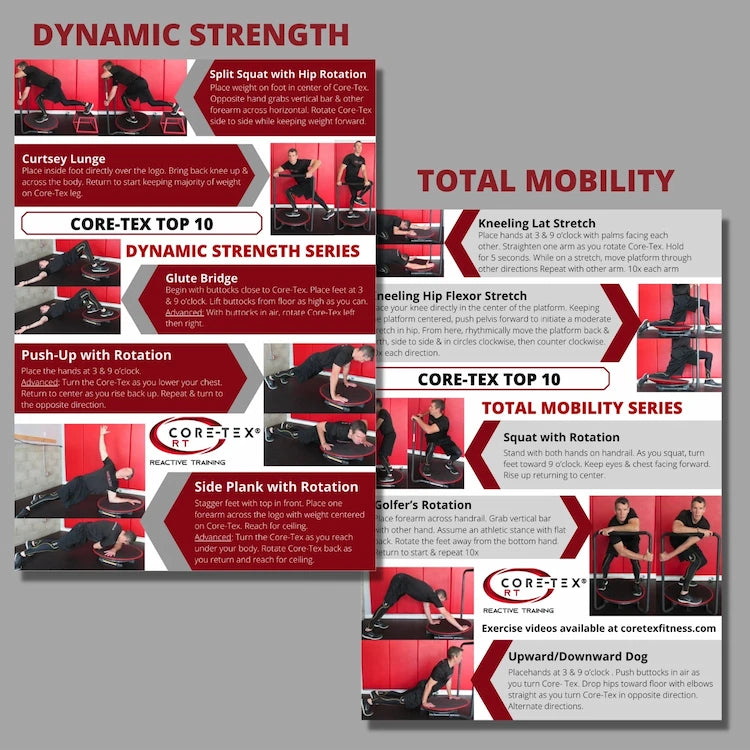
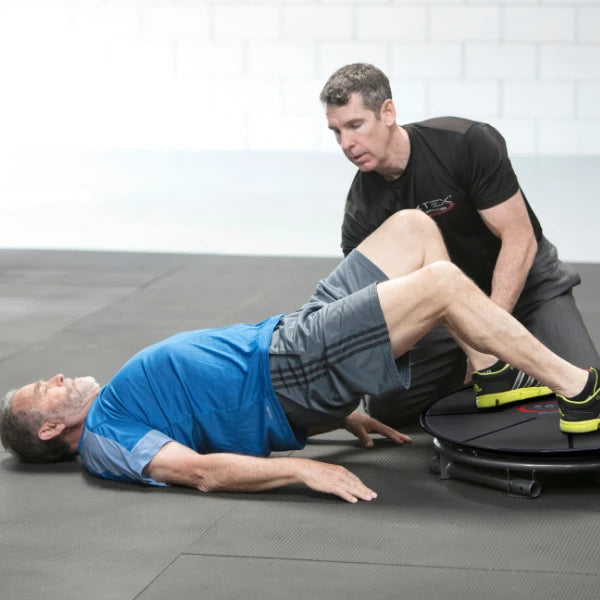
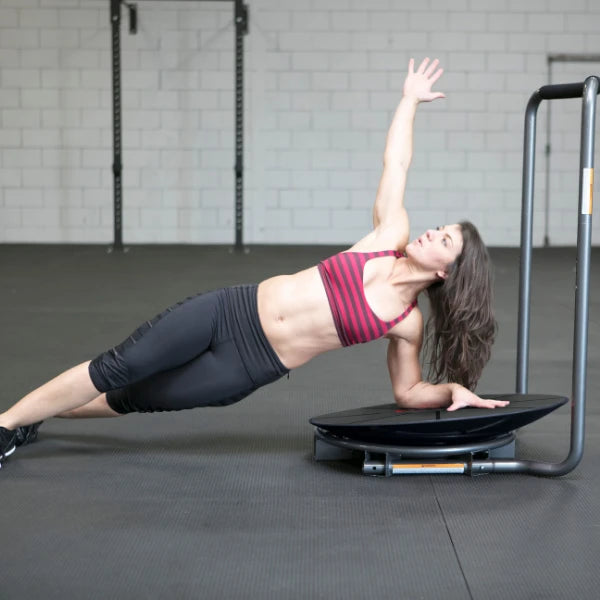
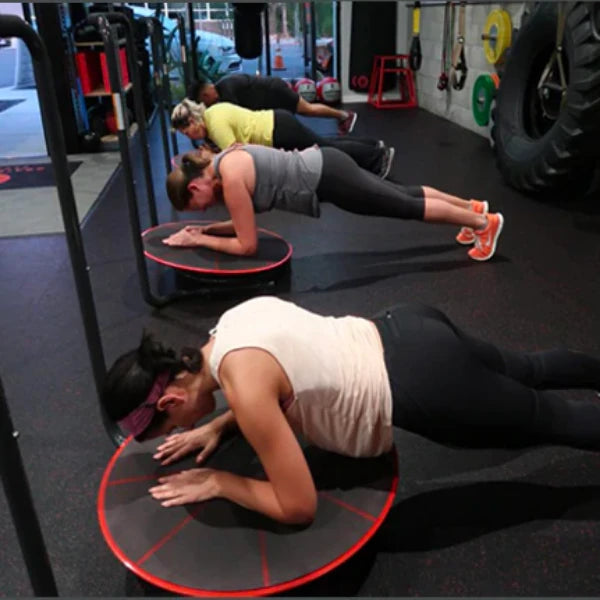
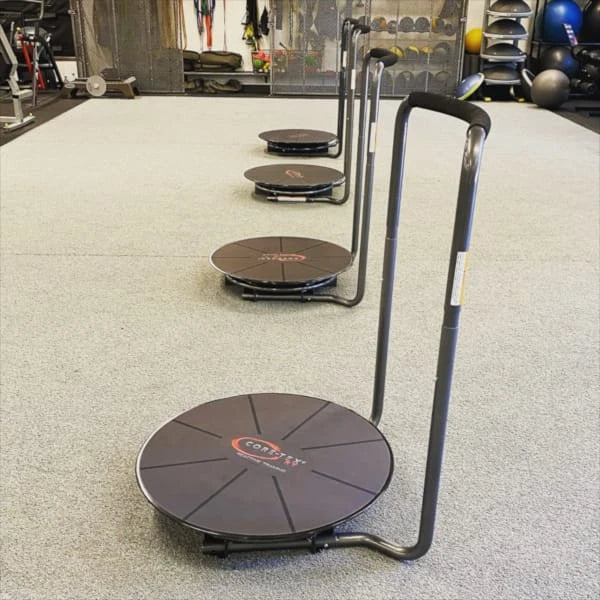
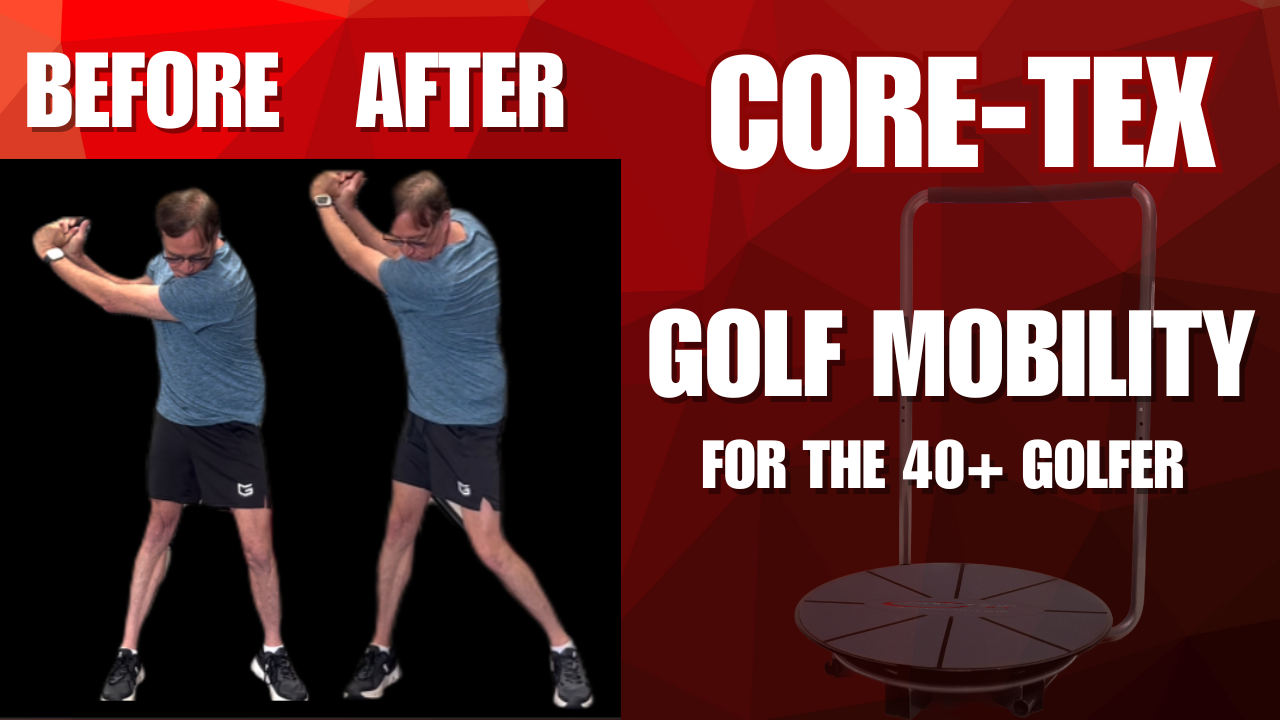
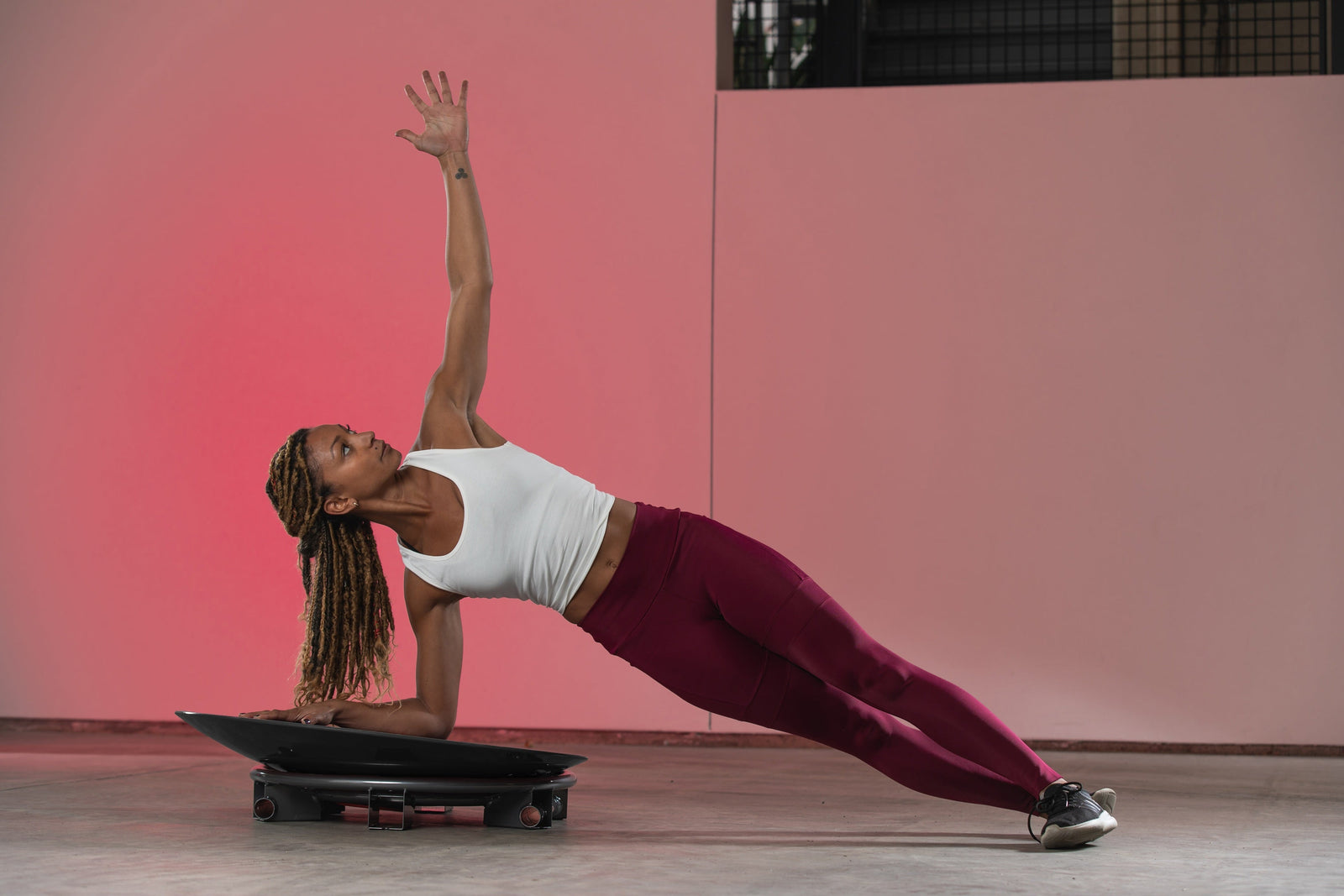

Leave a comment (all fields required)